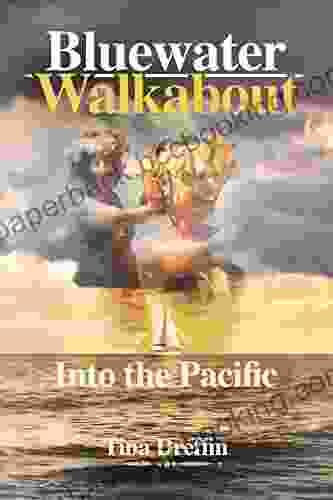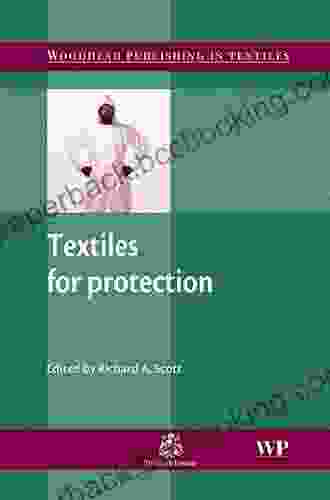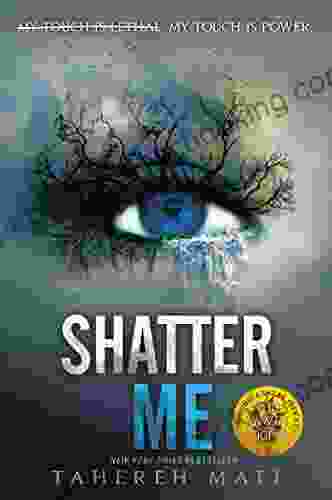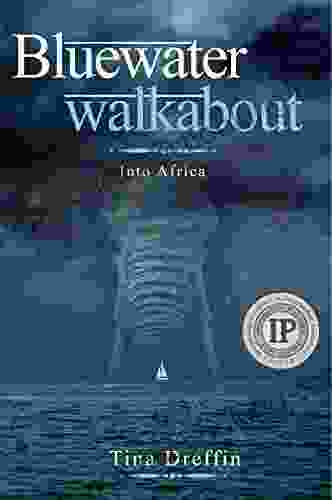Textiles for Protection: An Essential Resource for the Textile Industry

In today's world, the demand for protective textiles is greater than ever before. From healthcare and construction to military and aerospace, a wide range of industries rely on textiles to provide protection from a variety of hazards.
Textiles for Protection, published by Woodhead Publishing in Textiles, is the definitive guide to this essential topic. This comprehensive book provides a thorough overview of the latest developments in protective textiles, including materials, manufacturing methods, and testing standards.
A protective textile is any textile that is designed to protect the wearer from a specific hazard. Protective textiles can be used to protect against a wide range of hazards, including:
4.4 out of 5
| Language | : | English |
| File size | : | 21606 KB |
| Text-to-Speech | : | Enabled |
| Screen Reader | : | Supported |
| Enhanced typesetting | : | Enabled |
| Print length | : | 784 pages |
- Abrasion
- Chemicals
- Cuts
- Fire
- Heat
- Radiation
- Water
There are many different types of protective textiles, each designed to protect against a specific type of hazard. Some of the most common types of protective textiles include:
- Chemical protective clothing: This type of clothing is designed to protect the wearer from exposure to chemicals. It is typically made from a material that is resistant to the penetration of chemicals, such as rubber or neoprene.
- Cut-resistant clothing: This type of clothing is designed to protect the wearer from cuts. It is typically made from a material that is strong and cut-resistant, such as Kevlar or Dyneema.
- Fire-resistant clothing: This type of clothing is designed to protect the wearer from exposure to fire. It is typically made from a material that is resistant to fire, such as Nomex or PBI.
- Heat-resistant clothing: This type of clothing is designed to protect the wearer from exposure to heat. It is typically made from a material that is resistant to heat, such as aluminized fabric or ceramic fiber.
- Radiation-resistant clothing: This type of clothing is designed to protect the wearer from exposure to radiation. It is typically made from a material that is resistant to the penetration of radiation, such as lead or tungsten.
- Water-resistant clothing: This type of clothing is designed to protect the wearer from exposure to water. It is typically made from a material that is resistant to the penetration of water, such as Gore-Tex or polyurethane.
Protective textiles are used in a wide range of applications, including:
- Healthcare: Protective textiles are used in healthcare settings to protect healthcare workers from exposure to bloodborne pathogens, chemicals, and other hazards.
- Construction: Protective textiles are used in construction settings to protect workers from exposure to dust, debris, and other hazards.
- Military: Protective textiles are used in military settings to protect soldiers from exposure to bullets, shrapnel, and other hazards.
- Aerospace: Protective textiles are used in aerospace settings to protect astronauts from exposure to radiation, vacuum, and other hazards.
Protective textiles offer a number of benefits, including:
- Protection from hazards: Protective textiles can protect the wearer from a wide range of hazards, including chemicals, cuts, fire, heat, radiation, and water.
- Improved safety: Protective textiles can help to improve safety in a variety of settings, including healthcare, construction, military, and aerospace.
- Reduced risk of injury: Protective textiles can help to reduce the risk of injury in a variety of settings.
- Increased productivity: Protective textiles can help to increase productivity by reducing the risk of injury and downtime.
Textiles for Protection is the definitive guide to this essential topic. This comprehensive book provides a thorough overview of the latest developments in protective textiles, including materials, manufacturing methods, and testing standards.
If you are involved in the textile industry, then Textiles for Protection is a must-have resource. This book will help you to understand the latest developments in protective textiles and how to use them to protect your employees, customers, and products.
Textiles for Protection is available now from Woodhead Publishing. Free Download your copy today and get the latest information on this essential topic.
Free Download Now
4.4 out of 5
| Language | : | English |
| File size | : | 21606 KB |
| Text-to-Speech | : | Enabled |
| Screen Reader | : | Supported |
| Enhanced typesetting | : | Enabled |
| Print length | : | 784 pages |
Do you want to contribute by writing guest posts on this blog?
Please contact us and send us a resume of previous articles that you have written.
 Book
Book Novel
Novel Page
Page Chapter
Chapter Text
Text Story
Story Genre
Genre Reader
Reader Library
Library Paperback
Paperback E-book
E-book Magazine
Magazine Newspaper
Newspaper Paragraph
Paragraph Sentence
Sentence Bookmark
Bookmark Shelf
Shelf Glossary
Glossary Bibliography
Bibliography Foreword
Foreword Preface
Preface Synopsis
Synopsis Annotation
Annotation Footnote
Footnote Manuscript
Manuscript Scroll
Scroll Codex
Codex Tome
Tome Bestseller
Bestseller Classics
Classics Library card
Library card Narrative
Narrative Biography
Biography Autobiography
Autobiography Memoir
Memoir Reference
Reference Encyclopedia
Encyclopedia Rob Sanders
Rob Sanders Marty Human
Marty Human Mary Berry
Mary Berry Terry Southern
Terry Southern Omari Bouknight
Omari Bouknight Warren St John
Warren St John Zak George
Zak George Melvin Jules Bukiet
Melvin Jules Bukiet Neil Fontaine
Neil Fontaine Rowena Lennox
Rowena Lennox S M R Saia
S M R Saia Shelly Rainforth Collins
Shelly Rainforth Collins Vanessa Lapointe
Vanessa Lapointe Marisa Renee Lee
Marisa Renee Lee Mary Anne Dorward
Mary Anne Dorward Tim Fortner
Tim Fortner Ruth Quayle
Ruth Quayle Kimber Bowers
Kimber Bowers Penny Raile
Penny Raile Mary Meinking
Mary Meinking
Light bulbAdvertise smarter! Our strategic ad space ensures maximum exposure. Reserve your spot today!

 Lord ByronYoung Author And Artist Childhood Of Famous Americans: Unveiling the Seeds of...
Lord ByronYoung Author And Artist Childhood Of Famous Americans: Unveiling the Seeds of... Davion PowellFollow ·3.9k
Davion PowellFollow ·3.9k Edgar Allan PoeFollow ·2.4k
Edgar Allan PoeFollow ·2.4k Esteban CoxFollow ·5.8k
Esteban CoxFollow ·5.8k Gabriel MistralFollow ·18.8k
Gabriel MistralFollow ·18.8k Devin CoxFollow ·16.1k
Devin CoxFollow ·16.1k Alan TurnerFollow ·6.9k
Alan TurnerFollow ·6.9k Donovan CarterFollow ·15.2k
Donovan CarterFollow ·15.2k Elton HayesFollow ·12.4k
Elton HayesFollow ·12.4k

 E.M. Forster
E.M. ForsterBluewater Walkabout: Into the Pacific
An Unforgettable...

 Joseph Foster
Joseph FosterUnlock the Secrets of Standardized Test Success with Test...
Are you tired of struggling with standardized...

 Joe Simmons
Joe SimmonsUnlock Learning with Flash Cards for Kindergarten:...
Ignite a Passion for...

 Raymond Parker
Raymond ParkerJourney into the Enchanting World of "The Heart Kingdom"...
A Timeless Tale of Love,...
4.4 out of 5
| Language | : | English |
| File size | : | 21606 KB |
| Text-to-Speech | : | Enabled |
| Screen Reader | : | Supported |
| Enhanced typesetting | : | Enabled |
| Print length | : | 784 pages |














